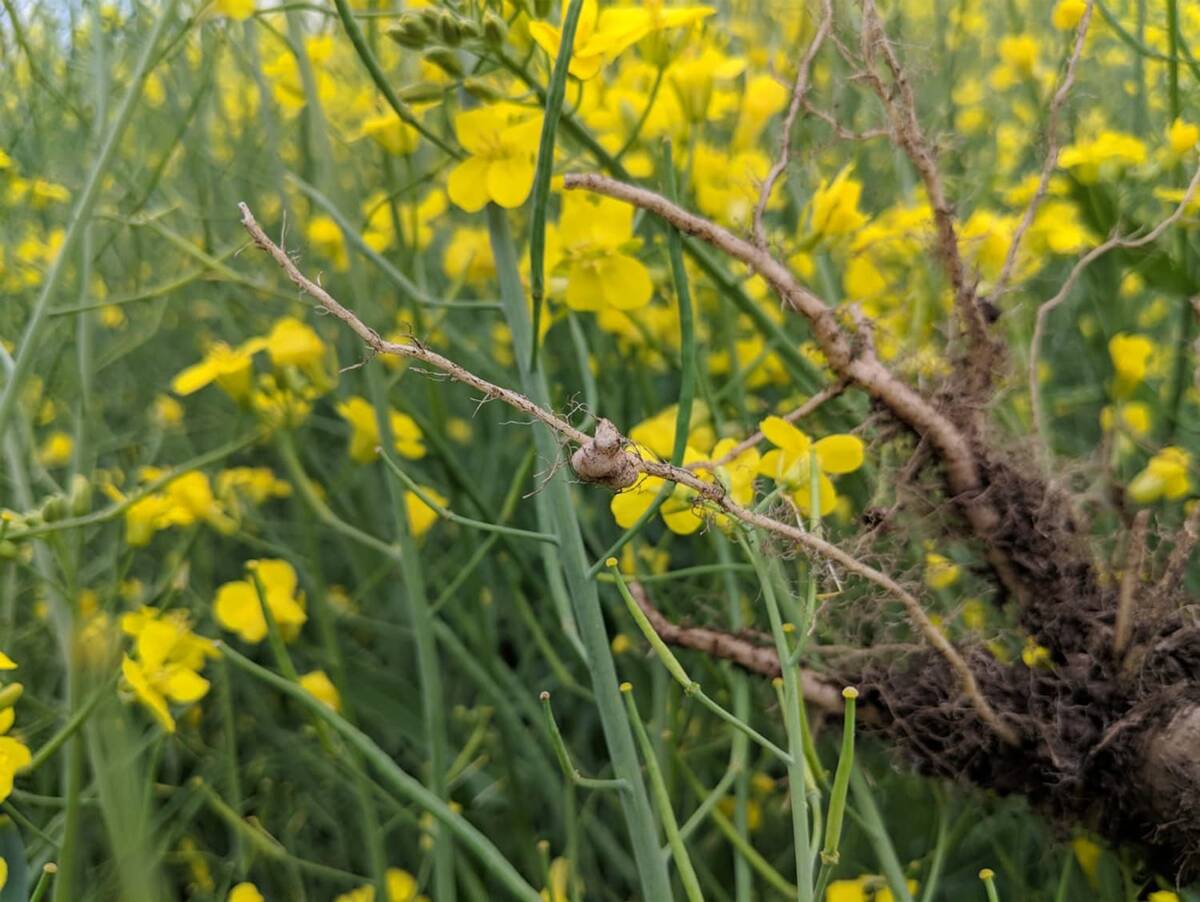LANGHAM, Sask. – When it comes to kids, Leroy and Verna Peters have seen almost all there is to see.
Not only have they raised four children of their own on their farm northwest of Saskatoon, they have also watched the progress of students on their bus from the tentative first day to the last hours before graduation.
The Peters have been driving the bus for years that transports about 40 students to the elementary and high schools in Dalmeny, Sask. This is Leroy’s 19th year and Verna’s 14th.
Read Also

Going beyond “Resistant” on crop seed labels
Variety resistance is getting more specific on crop disease pathogens, but that information must be conveyed in a way that actually helps producers make rotation decisions.
There’s a simple reason why the Peters started making the journey, which covers 160 kilometres a day. Dalmeny needed a driver.
Although the Peters actually live closer to Langham, Sask., they consider Dalmeny their town. They go to church there and their children joined local clubs. Part of the reason the Peters took the bus route was to allow their children to attend school in the town with which they were familiar.
“The routes conflict a little, but if we weren’t driving, our kids would go to Langham. That’s a great town, but this way they (the kids) could stay with what they knew,” Verna said.
Economical benefits
The Peters share the route and say the extra income helps make ends meet on the farm.
“With farming you really only get paid once a year,” Verna said.
To become bus drivers, the Peters had to take three written tests covering rules of the road, bus knowledge and road signs. They also had to take a road test and must undergo a medical exam every three years.
The driver training does not include discipline problems, although training sessions are held regularly to cover such topics.
“Parenting prepared us somewhat,” Verna said. “The things kids do don’t really shock us.”
Added Leroy: “We’re lucky in that we deal with some good families and supportive parents. Kids will always be kids.”
The one part of bus driving that has changed is the condition of the roads.
“I used to do a lot of driving on clay tops, which is no good in the rain,” Leroy said.”The conditions are much better now.”
The affluence of families and availability of after-school activities have also had an effect on bus driving.
“Kids are taking a lot of after-school lessons or they’re in clubs, and a lot of the older kids drive themselves to school now, too,” Verna said.
“It’s hard to keep track of who’s there sometimes.”
Every day is a new adventure when driving a bus, say the Peters. As with almost any profession, Saskatchewan winters tend to be more interesting.
Leroy recalled a winter in the early 1980s when he was forced to drive through a field because the snow on the road was too deep.
“The snow was so high that you couldn’t see out the windows until right before you got to an approach,” he said.
After driving the school bus for years, the Peters have some advice for their fellow drivers.
“Carry a balance of discipline and fairness,” said Leroy.
Added Verna: “Always pay attention. After all, you’re carrying a parent’s prized possession.”















